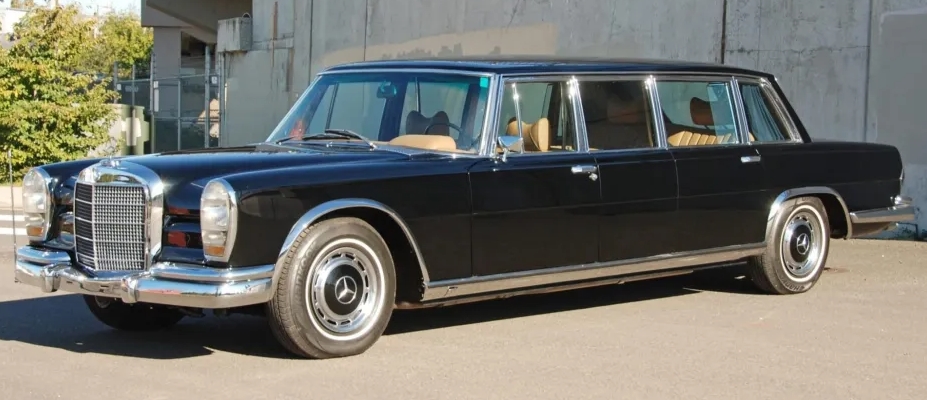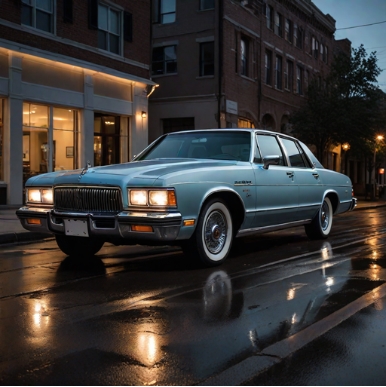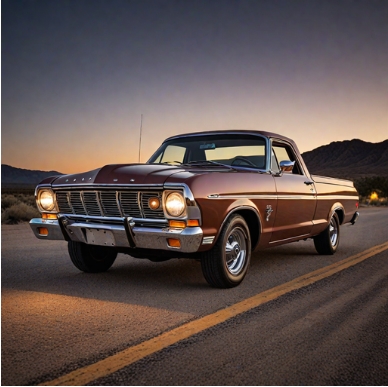The Evolution of the Mercedes-Benz Pullman: A History of Luxury and Innovation
The Mercedes-Benz Pullman, a name synonymous with unparalleled luxury and bespoke opulence, represents a unique chapter in automotive history. More than just a car, it has been a symbol of power, status, and the epitome of tailored transportation for decades. This article explores the fascinating evolution of the Pullman, tracing its journey from humble beginnings to its modern iterations, highlighting its various models and trim levels throughout the years.
Early Years: Establishing a Legacy (1930s-1950s)
The Pullman’s roots trace back to the 1930s, a period of burgeoning automotive innovation and the nascent desire for unparalleled comfort and space. Mercedes-Benz, already renowned for its engineering prowess, recognised the need for a dedicated luxury vehicle segment capable of accommodating high-profile individuals and dignitaries.
- 1930s – 1940s (Early Pullman Models): The early Pullman models, though not explicitly named as such, were essentially highly customized, extended versions of existing Mercedes-Benz chassis. These early examples emphasized exceptional interior space, often exceeding even the most lavish limousines of the time. Specific model designations and trim levels for this period are less readily available due to the highly bespoke nature of the commissions. These vehicles were custom-built to the client’s specifications, which makes precise details difficult to document. We know these early Pullmans featured opulent interiors, often incorporating handcrafted wood panelling, leather upholstery, and bespoke entertainment systems.
- 1950s (Continued Customization): The post-war era witnessed a resurgence of luxury demand. Mercedes-Benz continued to fulfill bespoke orders, further developing the Pullman concept. Precise models and trim level information is scarce, but the designs likely incorporated the evolving styling cues of the time, reflecting the post-war aesthetic. Continued emphasis on comfort, space, and bespoke features remained the hallmark of these vehicles.
The Rise of the Branded Pullman (1960s-1980s)
The 1960s marked a shift towards a more formalized approach to Pullman production. Mercedes-Benz began to offer more standardized Pullman models, though still maintaining a degree of customization.
- 1960s – 1970s (Standardization and Refinement): Specific model designations and trim levels for this period become more apparent. While still custom-built in many instances, Mercedes-Benz introduced standardised components and options for the Pullman, enabling more predictable production and delivery times. Examples might have included specific wheelbase extensions, interior configuration options (number of seats, entertainment systems), and exterior trim packages. The emphasis on luxurious materials, high-quality craftsmanship, and advanced engineering remained constant.
- 1980s (Technological Advancements): Technological advancements began to influence Pullman designs. While bespoke features still remained important, the introduction of more sophisticated comfort features, such as climate control systems and advanced audio systems, became commonplace. The models from this era maintained the emphasis on space, safety, and luxury.
The Modern Pullman (1990s-Present):
The late 20th and early 21st centuries marked a significant change in the Pullman’s production. While bespoke commissions remained possible, the focus shifted towards limited production runs and extremely high-end, specialized models.
- 1990s – 2000s (Limited Production and Bespoke Customization): Mercedes-Benz continued to produce Pullman models, but with a much more limited production volume. It’s likely that these models were based on existing S-Class or other high-end chassis, extensively modified for luxury and space. The focus returned to the unique requirements of high-profile clientele, catering to the specific needs of individual customers. Specific models and trim levels from this era are less documented than the earlier years.
- 2010s – Present (Modern Interpretation): The modern era sees a return to a more bespoke approach. Mercedes-Benz likely creates Pullman models on demand, catering to specific requests from high-net-worth clients. The vehicles are built on a modified chassis, often drawing inspiration from the S-Class or other flagship models. Features likely include bespoke interiors, advanced technology, and customized exterior styling. Specific model numbers and trim levels are not publicly released, as the vehicles are almost always custom projects.
Key Considerations and Challenges in Documentation
The lack of readily available documentation for precise model and trim level details throughout the Pullman’s history stems from several factors:
- Bespoke nature of production: Most Pullmans were custom-built, making it difficult to establish standardized model names and trim levels.
- Limited public release of information: High-profile clients often requested confidentiality regarding their vehicles.
- Time constraints and archival issues: Documenting every nuance of a bespoke vehicle project poses significant challenges over decades.
.
THIS might be a great place to get your new car from!
Or for those who are into the “car flipping” business, here’s an excellent resource for you!

.
Conclusion
The Mercedes-Benz Pullman represents a unique and enduring chapter in automotive history. From its early, highly customized beginnings to its modern, bespoke interpretations, the Pullman has consistently embodied unparalleled luxury, space, and bespoke craftsmanship. While precise model and trim level data is often elusive, the continued demand for these vehicles underscores their enduring appeal and their status as a symbol of unparalleled status and comfort. It is a testament to Mercedes-Benz’s enduring commitment to innovation, engineering, and the pursuit of automotive excellence.







